How to calculate gas consumption for heating a house
Gas is still the cheapest type of fuel, but the cost of connection is sometimes very high, so many people want to estimate in advance how economically justified such costs are. To do this, you need to know the gas consumption for heating, then it will be possible to estimate the total cost and compare it with other types of fuel.
The content of the article
Calculation method for natural gas
The approximate gas consumption for heating is calculated based on the half capacity of the installed boiler. The thing is that when determining the power of a gas boiler the lowest temperature is set. This is understandable - even when it is very cold outside, the house should be warm.
But it is completely wrong to calculate the gas consumption for heating at this maximum figure - after all, in general, the temperature is much higher, which means that much less fuel is burned. Therefore, it is customary to consider the average fuel consumption for heating - about 50% of the heat loss or boiler power.
We calculate the gas consumption by heat loss
If there is no boiler yet, and you estimate the cost of heating in different ways, you can count from the total heat loss of the building. They are most likely known to you. The technique here is as follows: take 50% of the total heat loss, add 10% to provide hot water supply and 10% to drain heat during ventilation. As a result, we get the average consumption in kilowatts per hour.
Next, you can find out the fuel consumption per day (multiplied by 24 hours), per month (by 30 days), if desired, for the entire heating season (multiplied by the number of months during which the heating works). All these figures can be converted into cubic meters (knowing the specific heat of combustion of gas), and then multiply cubic meters by the price of gas and, thus, find out the cost of heating.
| Name of crowd | unit of measurement | Specific heat of combustion in kcal | Specific calorific value in kW | Specific heat of combustion in MJ |
|---|---|---|---|---|
| Natural gas | 1 m 3 | 8000 kcal | 9.2 kW | 33.5 MJ |
| Liquefied gas | 1 kg | 10800 kcal | 12.5 kW | 45.2 MJ |
| Hard coal (W = 10%) | 1 kg | 6450 kcal | 7.5 kW | 27 MJ |
| Wood pellet | 1 kg | 4100 kcal | 4.7 kW | 17.17 MJ |
| Dried wood (W = 20%) | 1 kg | 3400 kcal | 3.9 kW | 14.24 MJ |
Example of heat loss calculation
Let the heat loss of the house be 16 kW / hour. Let's start counting:
- average heat demand per hour - 8 kW / h + 1.6 kW / h + 1.6 kW / h = 11.2 kW / h;
- per day - 11.2 kW * 24 hours = 268.8 kW;
- per month - 268.8 kW * 30 days = 8064 kW.
We translate into cubic meters. If we use natural gas, we divide the gas consumption for heating per hour: 11.2 kW / h / 9.3 kW = 1.2 m3 / h. In calculations, the figure of 9.3 kW is the specific heat capacity of natural gas combustion (available in the table).
By the way, you can also calculate the required amount of fuel of any type - you just need to take the heat capacity for the required fuel.
Since the boiler has not 100% efficiency, but 88-92%, you will have to make more adjustments to this - add about 10% of the figure obtained. In total, we get the gas consumption for heating per hour - 1.32 cubic meters per hour. Then you can calculate:
- flow rate per day: 1.32 m3 * 24 hours = 28.8 m3 / day
- demand per month: 28.8 m3 / day * 30 days = 864 m3 / month.
The average consumption for the heating season depends on its duration - we multiply it by the number of months while the heating season lasts.
This calculation is approximate. In some month, gas consumption will be much less, in the coldest month - more, but on average the figure will be about the same.
Boiler power calculation
The calculations will be a little easier if there is a calculated boiler power - all the necessary reserves have already been taken into account (for hot water supply and ventilation).Therefore, we simply take 50% of the design capacity and then calculate the consumption per day, month, per season.
For example, the design boiler capacity is 24 kW. To calculate the gas consumption for heating, we take half: 12 kW / W. This will be the average heat demand per hour. To determine the fuel consumption per hour, we divide by the calorific value, we get 12 kW / h / 9.3 kW / W = 1.3 m3. Then everything is calculated as in the example above:
- per day: 12 kW / h * 24 hours = 288 kW in terms of the amount of gas - 1.3 m3 * 24 = 31.2 m3
- per month: 288 kW * 30 days = 8640 m3, flow in cubic meters 31.2 m3 * 30 = 936 m3.
Next, add 10% to the imperfection of the boiler, we get that for this case the consumption will be slightly more than 1000 cubic meters per month (1029.3 cubic meters). As you can see, in this case everything is even simpler - fewer numbers, but the principle is the same.
By quadrature
Even more approximate calculations can be obtained by squaring the house. There are two ways:
- It can be calculated according to SNiP standards - on average, 80 W / m2 is required for heating one square meter in Central Russia. This figure can be applied if your house is built according to all requirements and has good insulation.
- You can estimate from the average data:
- with good insulation of the house, 2.5-3 cubic meters / m2 are required;
- with average insulation, gas consumption is 4-5 cubic meters / m2.
Each owner can assess the degree of insulation of his house, respectively, you can estimate what the gas consumption will be in this case. For example, for a house of 100 sq. m. with average insulation, 400-500 cubic meters of gas will be required for heating, a house of 150 square meters will take 600-750 cubic meters per month, for heating a house with an area of 200 m2 - 800-100 cubic meters of blue fuel. All this is very approximate, but the figures are derived from a lot of factual data.
Calculation of the consumption of liquefied gas
Many boilers can be operated with LPG. How beneficial is it? What will be the consumption of liquefied gas for heating? All this can also be counted. The technique is the same: you need to know either the heat loss or the boiler power. Next, we convert the required amount into liters (units of measurement of liquefied gas), and, if desired, we calculate the number of necessary cylinders.
Let's take a look at the calculation using an example. Let the boiler capacity be 18 kW, respectively, the average heat demand is 9 kW / h. When burning 1 kg of liquefied gas, we get 12.5 kW of heat... This means that to get 9 kW, you need 0.72 kg (9 kW / 12.5 kW = 0.72 kg).
Further we consider:
- per day: 0.72 kg * 24 hours = 17.28 kg;
- 17.28 kg per month * 30 days = 518.4 kg.
Let's add a correction for the boiler efficiency. It is necessary to look at each specific case, but take 90%, that is, add another 10%, it turns out that the consumption per month will be 570.24 kg.
To calculate the number of cylinders, we divide this figure by 21.2 kg (this is how much there is on average kg of gas in a 50 liter cylinder).
In total, this boiler will require 27 cylinders of liquefied gas. And consider the cost yourself - the prices in the regions differ. But don't forget about shipping costs. By the way, they can be reduced by making a gas holder - a sealed container for storing liquefied gas, which can be refueled once a month or less - depending on the storage volume and needs.
And again, do not forget that this is only an approximate figure. In cold months, the gas consumption for heating will be higher, in warm months - much less.
P.S. If it is more convenient for you to calculate the consumption in liters:
- 1 liter of liquefied gas weighs about 0.55 kg and, when burned, gives about 6500 kW of heat;
- in a 50 liter bottle, about 42 liters of gas.

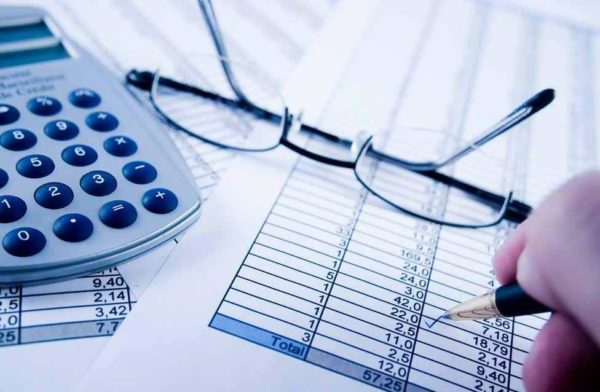
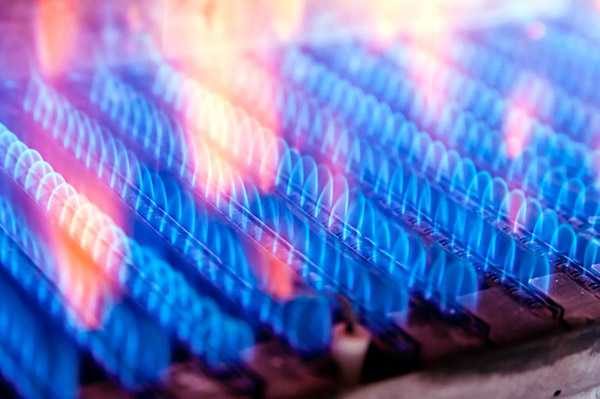
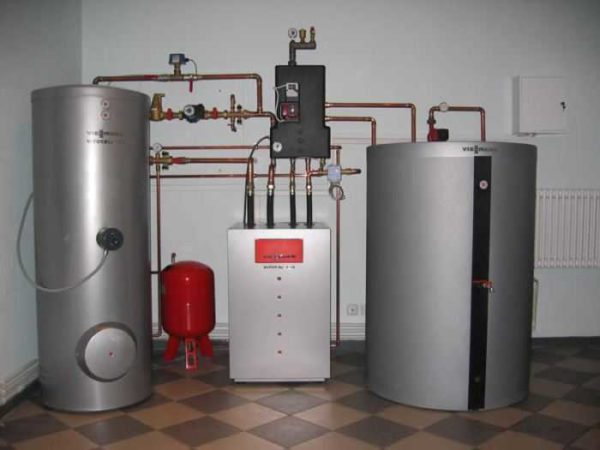
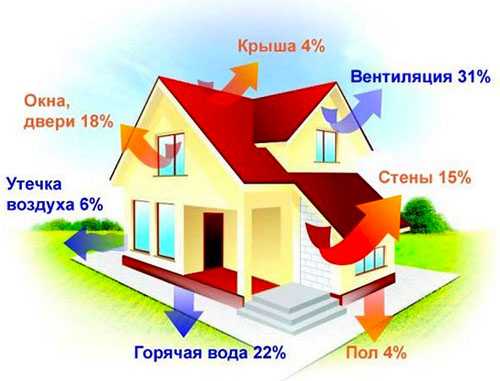
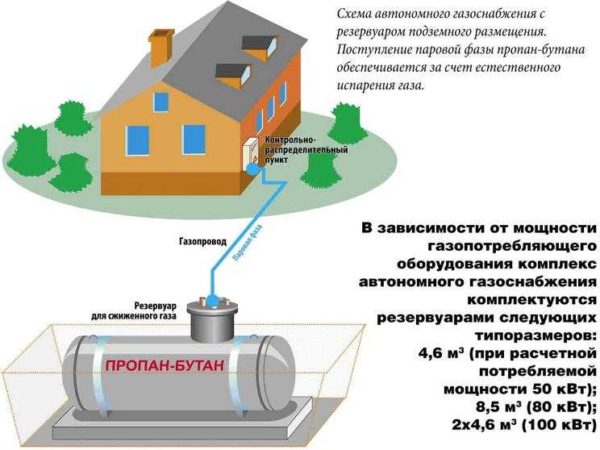
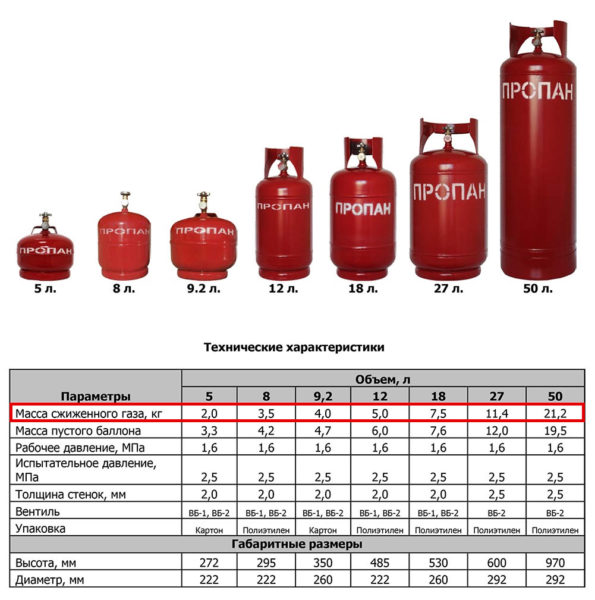
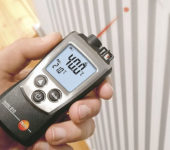
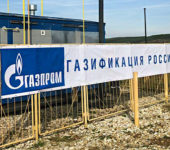
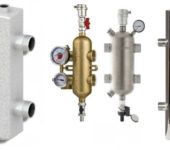







Our apartment building 11,499,60 m2 with its own boiler room, how much can be spent on propane for the heating season? And also for an apartment in this building S-56 m2? And I also wanted to find out in the receipt how it is required to correctly write DHW - (supply; heating) or DHW (supply; gas supply), but there is also such a form - DHW is (cold water supply; gas supply) and the line below is again mentioned with payment and tariff of cold water supply ??
The Criminal Code of the house takes for heating from each tenant for a month - 240.3001m3 of gas, this is if you count for the heating season of 7 months, then 1441.8006m3 of gas comes out, a nightmare you can heat such gas power and the Kremlin